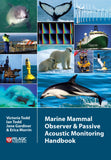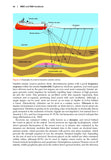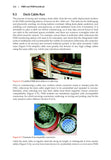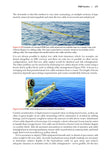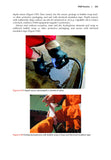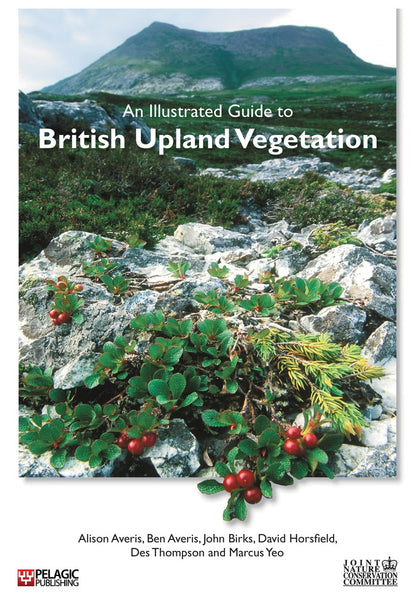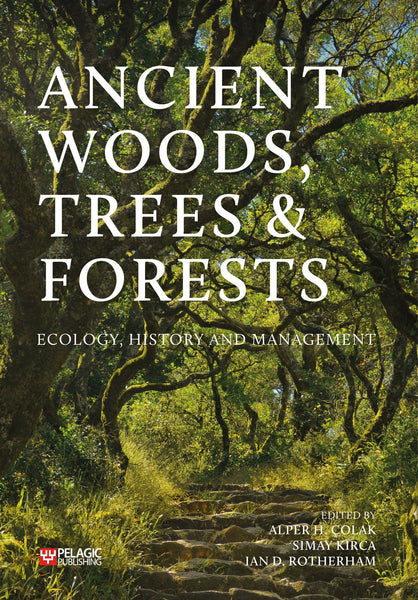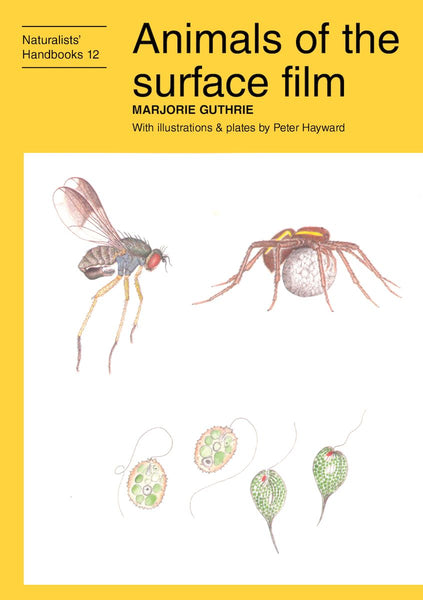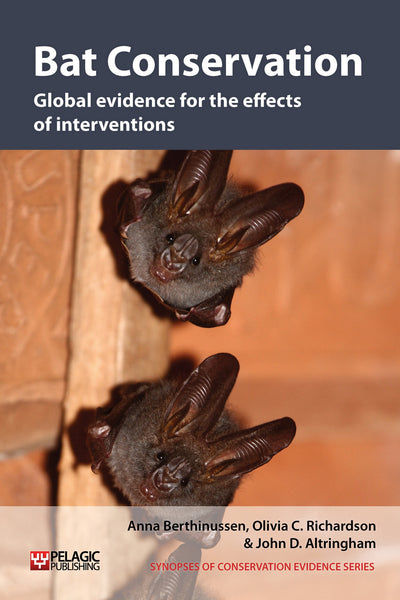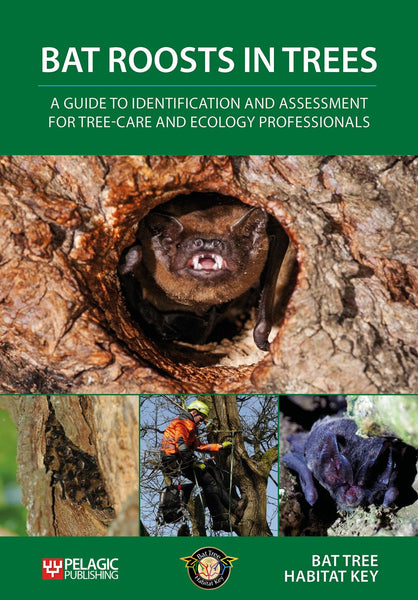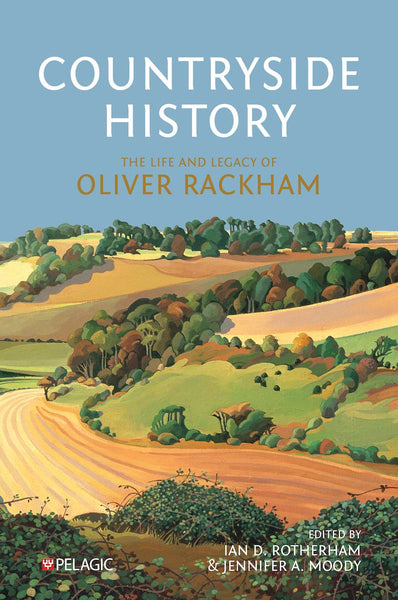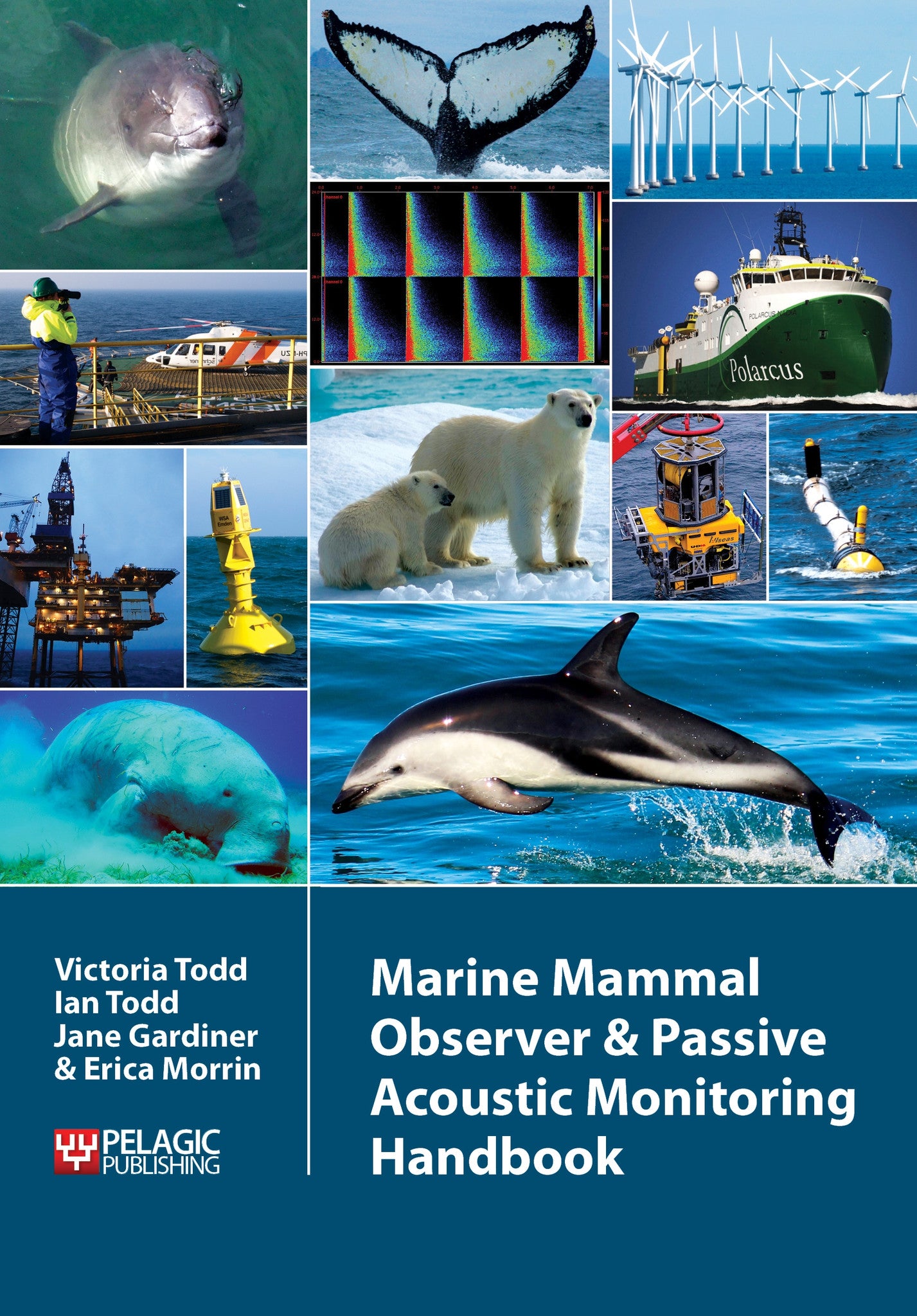
Marine Mammal Observer and Passive Acoustic Monitoring Handbook
- The ultimate instruction manual for mitigation measures to minimize man-made disturbances to marine mammals
- Seeks to improve standards worldwide and reduce disruption from industrial and defense activities
- The Handbook is an indispensable How To guide to the growing and increasingly important occupation of marine mammal monitoring, written with clarity and humor by scientists who have extensive experience in this field.
—Dr Phillip J. Clapham, world-renowned cetologist and Director of the Cetacean Assessment and Ecology Program at the National Marine Mammal Laboratory in Seattle.
- acoustic
- dolphins
- habitat
- marine mammals
- mitigation
- monitoring
- sound propagation
- whales
Description
The Marine Mammal Observer and Passive Acoustic Monitoring Handbook is the ultimate instruction manual for mitigation measures to minimise man-made acoustical and physical disturbances to marine mammals from industrial and defence activities.
Based on more than two decades of offshore experience, and a decade of supplying MMO and PAM services (commercial and scientific), the Handbook is a long-overdue reference guide that seeks to improve standards worldwide for marine operations such as seismic and drilling exploration, wind farm and civil engineering piling, dredging, trenching, rock-dumping, hydrographical surveys, and military/defence exercises. By popular request, this manual will also form an accompaniment to MMO and PAM courses.
The Handbook consolidates all aspects of this discipline into one easily accessible resource, to educate all stakeholders (e.g. MMOs, PAM operators, suppliers, recruitment agencies, clients, contractors, regulators, NGOs, consultants, scientists, academia and media), regardless of experience.
Topics include worldwide legislation, compliance, anthropogenic noise sources and potential effects, training, offshore life, visual and acoustic monitoring (theory and practice), marine mammal distribution, hearing and vocalisations, and report writing.
Advice is provided on implementing sensible and practical mitigation techniques, appropriate technologies, data collection, client and regulator liaison, and project kick-off meetings.
Readership
Marine operators, marine biologists, environmental consultants, acoustic scientistsTable of Contents
Preface
1. Introduction
2. Mitigation Measures
3. Sources of Anthropogenic Noise
4. Training
5. Offshore Life
6. MMO Theory and Practice
7. PAM Theory
8. Marine Mammal Vocalisations
9. PAM Practice
10. Report Writing
Glossary
Index
Reviews
- Most of the information required for MMO and PAM work is distilled into this handbook. It is highly recommended as a training aid for new workers, and as a detailed reference for the experienced. It may also be of interest to offshore crew, environmental consultants, and scientists interested in cetacean acoustics and ocean noise. At present there are no similar handbooks, making this the current “bible” for the industry. —John R. Gibbens, Marine Mammal Science
- ...an indispensable How To guide to the growing and increasingly important occupation of marine mammal monitoring, written with clarity and humor by scientists who have extensive experience in this field. —Phil Clapham, Program Leader, Cetacean Assessment and Ecology Program, Marine Mammal Laboratory
- From PAM theories to best practices and devices, this is no light coverage, but a technical guide that pulls together data and projects from various disciplines and pairs them with charts, graphs, and scientific discussions key to making decisions about modifications. —Diane Donovan, California Bookwatch
About the Author
Dr Victoria Todd is a founding Managing Director and Marine Science Consultant at Ocean Science Consulting (OSC), and is a Visiting Scientist at Institute of Sound and Vibration Research (ISVR, Southampton University, UK). She undertook a post doc in commercial aquaculture at Scottish Association for Marine Science (SAMS, UK), planning and directing a comprehensive series of acoustic trials on seal scarers. She holds degrees in the ecology and acoustics of bats (PhD, Leeds University, UK), Oceanography (MSc, scholarship-funded by Woods Hole Oceanographic Institution, WHOI, US, and National Oceanography Centre, UK), and Marine Biology (BSc Hons, Liverpool University, UK). Dr Todd is also a Fellow of the Linnean Society of London. She is experienced in Galápagos fish taxonomy, marine mammal acoustics and marine mammal visual and acoustic surveys worldwide for scientific, commercial and defence contracts. Research interests include bioacoustics, the North Sea rigs-to-reefs concept, harbour porpoise foraging ecology around offshore oil and gas installations, and the effects of anthropogenic noise on marine life, all of which are core research topics at OSC. Dr Todd’s current scientific duties include training, survey design and project management, fieldwork, data analysis, reports, literature reviews, advice documents, Marine Mammal Mitigation Plans or Protocols (MMMPs), and publishing. As the Chief Scientist, she also coordinates most research.
Ian Todd is a founding Managing Director and Marine Science Consultant at OSC, and is undertaking part-time postgraduate research in harbour porpoise (and other marine mammal) interactions with offshore installations and the environment at ISVR (PhD, Southampton University, UK). He holds degrees in Marine Resource, Development & Protection (NERC-funded MSc scholarship, Heriot-Watt University, UK) and Business & Economics (BCom with Honours, Edinburgh University, UK), various diplomas including Marine Engineering (HND, Glasgow College of Nautical Studies, UK), and a Marine Engineering Officer Certificate of Dual Competency (Class IV Steam and Motor Plants, Maritime & Coastguard Agency, UK). As a former Third Engineer Officer (including Health and Safety Officer) in the Merchant Navy, Mr Todd served deep-sea and worldwide with P&O Nedlloyd, then the world’s largest container-shipping company. He organises and supervises visual and acoustic surveys of marine mammals worldwide for scientific, commercial and defence contracts. Mr Todd’s research interests are as per OSC’s core research topics, but include distance sampling, and his current scientific duties are similar to Dr Victoria Todd, but include recruitment, procurement, logistics, finance, brand development, environmental risk assessments, and Health & Safety (H&S).
Erica Morrin is a Marine Science Consultant at OSC. She holds degrees in Marine Mammal Science (MRes, University of St Andrews, UK) and Biology (BSc with Honours, Queen’s University, Canada). Ms Morrin is involved with commercial consultancy, and has served Lead (field position) for visual and acoustic surveys of marine mammals worldwide for scientific and commercial contracts. Ms Morrin’s research interests are as per OSC’s core research topics and her current scientific duties are similar to Ms Gardiner, but include data analysis, and personnel supervision.
Jane Gardiner is a Research Assistant at OSC. She holds degrees in Applied Marine Science (MSc) and Marine Biology (BSc with Honours), both from University of Plymouth. Ms Gardiner is involved with peer-reviewed research publications, and has served Lead (field position) for visual and acoustic surveys of marine mammals worldwide for scientific and commercial contracts. Ms Gardiner’s research interests are as per OSC’s core research topics and her current scientific duties include fieldwork, literature reviews, social media, and H&S.
Bibliographic Information
 432 pages
432 pages - 124 colour figures
- 41 tables
- BISAC SCI039000, NAT011000, SCI070030, NAT020000, NAT045000, SCI001000, SCI052000, TEC060000
- BIC PSPM, RNKH, PSVW7, PHDS, WNCS, RBKC, TTS, TTA






